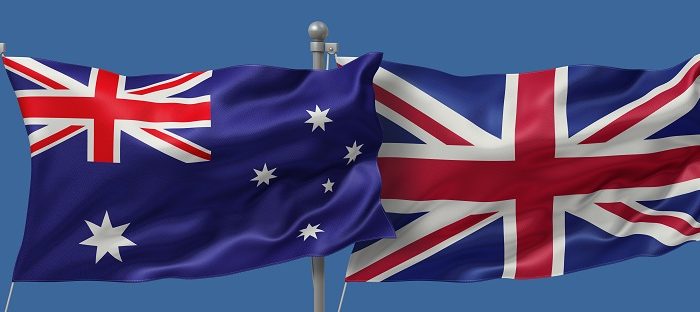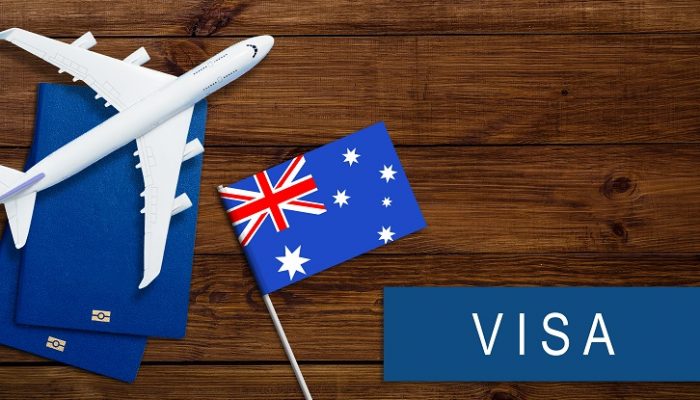As we welcome in the new year, it is expected that further Australian visa changes will be introduced by the Federal Government in 2024 in the wake of the December 2023 Migration Review. A major change proposed by the Australian Government is to replace the current Temporary Skill Shortage (TSS)(subclass 482) work visa with the ‘Skills in Demand’ visa.
Summary of the Skills in Demand Visa
The Skills in Demand visa is a proposed four-year temporary Australian work visa with three different visa streams targeting various skill levels and industries. The new visa is intended to offer pathways for all visa holders to apply for Australian permanent residency.
The Minister for Immigration, Clare O’Neil, stated in the Migration Review that the Skills in Demand visa is intended to include the following three visa streams:
- Specialist Skills Pathway: This is for highly skilled workers with a $135,000 minimum salary.
- Core Skills Pathway: This will have an updated occupation list and a $70,000 minimum salary threshold.
- Essential Skills Pathway: This steam will target lower-paid workers.
Intended Increased Worker Mobility
As part of the Australian Government’s plan for increased overseas worker mobility and ability to change employers, the new provisions are set to include recognition of time spent with approved employers towards permanent residency as opposed to restarting the clock for Temporary Residence Transition when temporary visa holders change employers.
The Government has also announced that Skills in Demand visa holders will be entitled to a 180-day period to find a new employer whilst retaining the ability to work.
We will keep you updated with new developments regarding the introduction of the Skills in Demand visa and will advise if and when it replaces the TSS subclass 482 visa program.
Disclaimer:
The information on this website is intended only to provide a summary and general overview on relevant matters. It is not intended to be comprehensive nor does it constitute legal advice. You are advised to seek legal or other professional advice before acting or relying on any of the content contained in this website.










